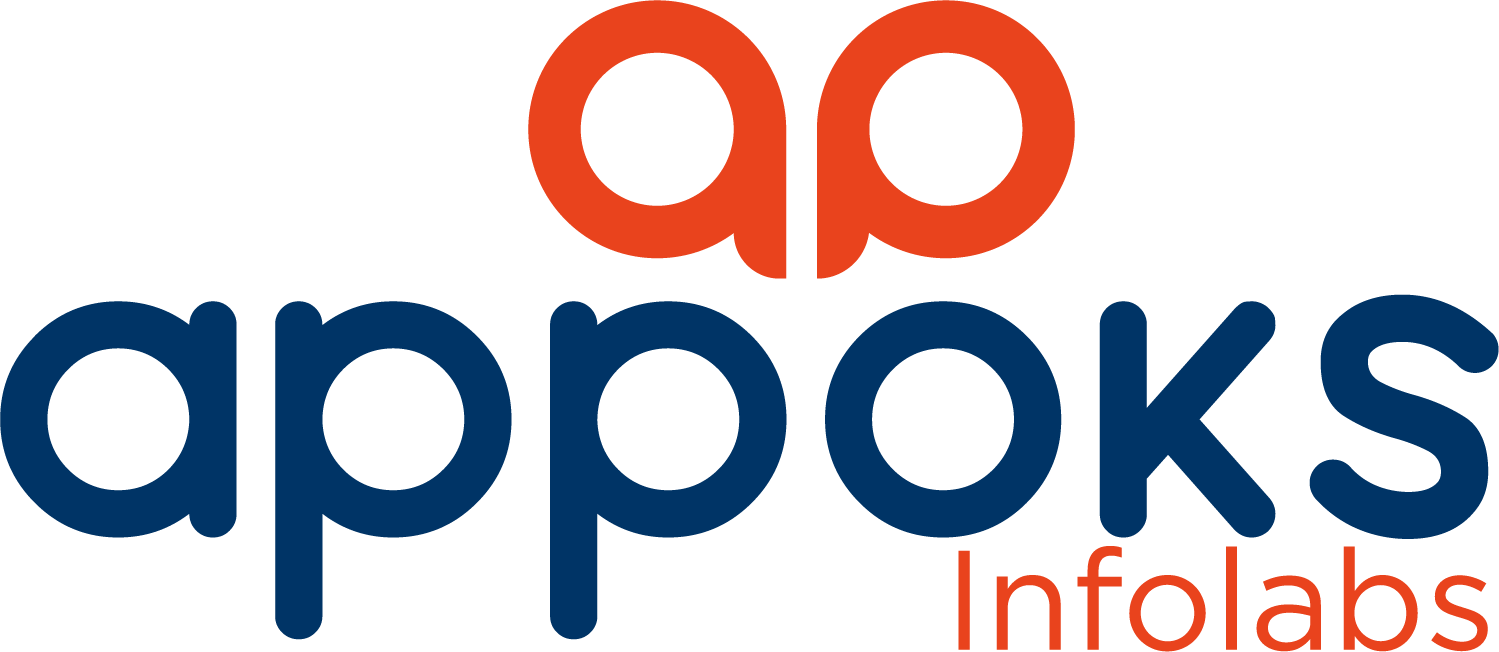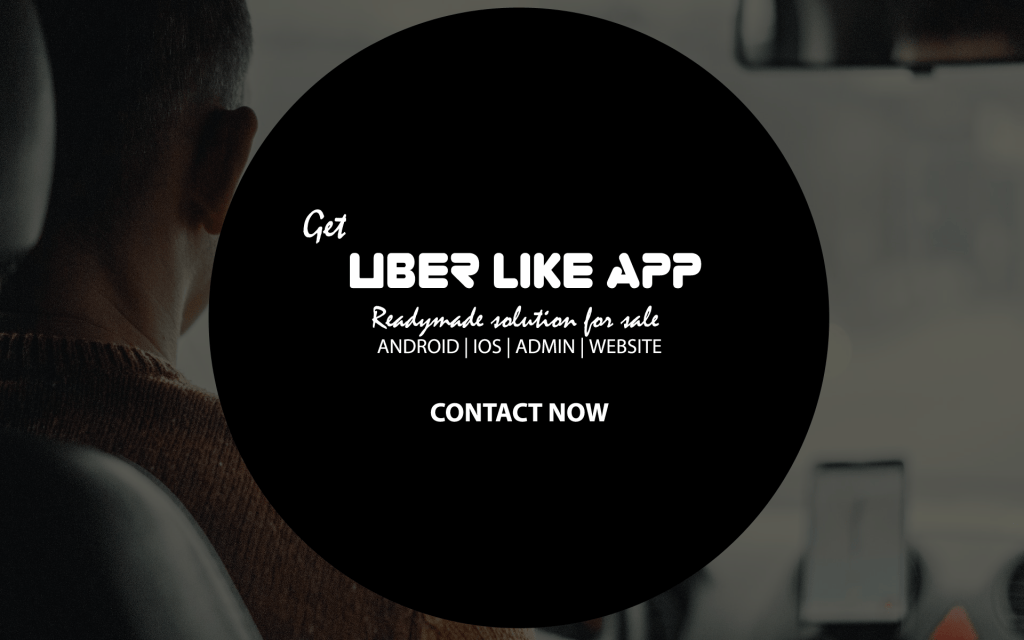Uber taxi booking app
Uber is a global taxi booking company that provides on-demand transportation services through its mobile app. The app allows users to book a ride with a driver in their area, track the driver’s location, and pay for the ride through the app.
User Registration and Login: The Uber app allows users to register and login through their email or social media accounts. Once the user has registered, they can enter their pickup and dropoff locations to book a ride.
Service Selection: The Uber app offers several types of services to users, including UberX (standard ride), UberXL (larger vehicle), UberBLACK (luxury vehicle), UberPOOL (shared ride), and more.
Booking a Ride: After selecting a service, users enter their pickup location, dropoff location, and the number of passengers. The app then provides an estimated time of arrival and a price estimate for the ride.
Driver Matching: Once the user confirms the ride, the app matches them with a driver in their area. The user can see the driver’s name, rating, and car type before the driver arrives.
Real-Time Tracking: The app provides real-time tracking of the driver’s location, so the user can see when the driver is approaching and estimate their arrival time.
Communication: The app allows users to communicate with the driver through the app, for example to provide additional instructions or ask for updates on the driver’s location.
Payment Processing: Users can pay for their ride through the app using a credit card, PayPal, or other payment options. The app also offers the option to split the fare with other passengers in the ride.
Driver Rating: After the ride is complete, the app allows users to rate the driver based on their experience. This rating system helps ensure the quality of the service provided and provides valuable feedback to drivers.
Uber market equilibration
Uber market equilibration refers to the process by which the supply and demand for ride-sharing services offered by Uber are balanced in a given market. In other words, it is the process by which the number of drivers available and the number of riders seeking rides are brought into balance in a particular location.
In order for Uber to operate effectively, it needs to ensure that there are enough drivers available to meet the demand for rides in a given market. At the same time, it also needs to ensure that there are enough riders seeking rides to keep the drivers busy and earning a reasonable income.
Uber uses various strategies to achieve market equilibrium. One of the key strategies is surge pricing, which is a dynamic pricing model that adjusts the cost of rides based on the level of demand and supply at a particular time and location. During peak times, when there are more riders than drivers available, Uber raises prices to incentivize more drivers to get on the road, which can help to balance the supply and demand equation.
Another strategy used by Uber is driver incentives, which are designed to encourage drivers to work during peak times or in certain areas where demand is high. For example, Uber may offer bonuses or higher pay rates for drivers who work during certain times of the day or in specific locations.
In addition, Uber also uses data analytics and machine learning to optimize the distribution of drivers in a given market. By analyzing rider demand and driver supply patterns, Uber can strategically deploy drivers to areas where they are most needed, which can help to keep the supply and demand equation in balance.
Overall, Uber market equilibration is a complex process that involves balancing supply and demand for ride-sharing services in a given market. Through the use of dynamic pricing, driver incentives, and data analytics, Uber can achieve market equilibrium and provide a reliable and efficient transportation service to its users.
Uber funding
Uber has received significant capital investment since it was founded in 2009. The company has raised a total of over $25 billion in funding from a variety of investors, including venture capital firms, private equity firms, and sovereign wealth funds.
Some of the most significant investors in Uber include SoftBank, which has invested over $8 billion in the company, and Toyota, which invested $500 million in 2018. Other major investors include Benchmark, First Round Capital, and Google Ventures.
The funding has been used by Uber to expand its operations globally, develop and improve its technology platform, and invest in research and development of new products and services. It has also been used to fuel the company’s growth through aggressive marketing and customer acquisition efforts.
In addition, the funding has allowed Uber to invest in strategic partnerships and acquisitions, including the acquisition of several ride-hailing companies in other countries, such as Careem in the Middle East and Grab in Southeast Asia.
However, it’s worth noting that Uber has not yet achieved profitability, and it has faced some challenges in recent years. For example, the company faced backlash over safety concerns and the treatment of drivers, and it has also faced regulatory challenges in some markets.
Nonetheless, Uber’s significant capital investment has allowed it to become one of the world’s most valuable startups and a major player in the global transportation industry.
Uber sales Model
Uber’s sales model is based on a commission-based system in which the company takes a percentage of the total fare paid by the rider. Uber takes a 25% commission on standard rides (UberX), and this commission rate may vary for other types of rides, such as luxury rides (UberBLACK) or shared rides (UberPOOL).
The fare for a ride is calculated based on a number of factors, including the distance of the trip, the time it takes to complete the trip, and any additional fees or surcharges that may apply, such as surge pricing during peak hours.
Uber’s app handles all the payment processing for riders, and the company takes care of paying drivers, including taking its commission from the fare. This means that drivers do not have to worry about handling payments or calculating commissions, and can simply focus on providing the best possible service to riders.
Uber also offers various promotional discounts and incentives to riders, which are designed to encourage them to use the service more often. These discounts and incentives may include free ride credits, referral bonuses, or loyalty rewards for frequent riders.
In addition to its core ride-sharing service, Uber has also expanded into other areas, such as food delivery (Uber Eats) and freight logistics (Uber Freight). These services also operate on a commission-based model, with the company taking a percentage of the total transaction value as its fee.
Overall, Uber’s sales model is designed to be simple and convenient for both riders and drivers. The company’s commission-based system provides a source of revenue for the company, while also allowing it to offer competitive pricing to riders and fair compensation to drivers.
Uber has revolutionized the taxi industry with its innovative mobile app, user-friendly interface, and efficient ride matching system. The app’s real-time tracking, communication, and payment processing features have made it a popular choice for users around the world.
Uber profit Model
Uber’s financial performance will depend on a variety of factors, such as its ability to continue to grow its business, expand into new markets, and introduce new products and services, as well as external factors such as changes in economic conditions or regulations.
It is worth noting that Uber has not yet achieved profitability since it was founded in 2009. In its most recent financial report for Q3 2021, the company reported a net loss of $1.07 billion, although this was a significant improvement compared to the same period in 2020, when it reported a net loss of $1.13 billion.
Uber has stated that it aims to achieve profitability on an adjusted EBITDA basis by the end of 2021, and it has implemented various cost-cutting measures and efficiency improvements in an effort to reach this goal.
While Uber faces significant challenges in achieving profitability, it has also demonstrated strong growth and resilience in the face of adversity. The company’s core ride-sharing business has rebounded from the impact of the COVID-19 pandemic, and it has continued to expand into new areas such as food delivery and freight logistics.
Overall, while it is difficult to predict Uber’s profit for 2022, the company’s performance will depend on its ability to continue to innovate, adapt to changing market conditions, and deliver value to its customers and investors.
Conclusion:
In conclusion, Uber is a successful example of a taxi booking app that has disrupted the traditional taxi industry. The app’s features have made it a convenient and reliable choice for users who need transportation services.




